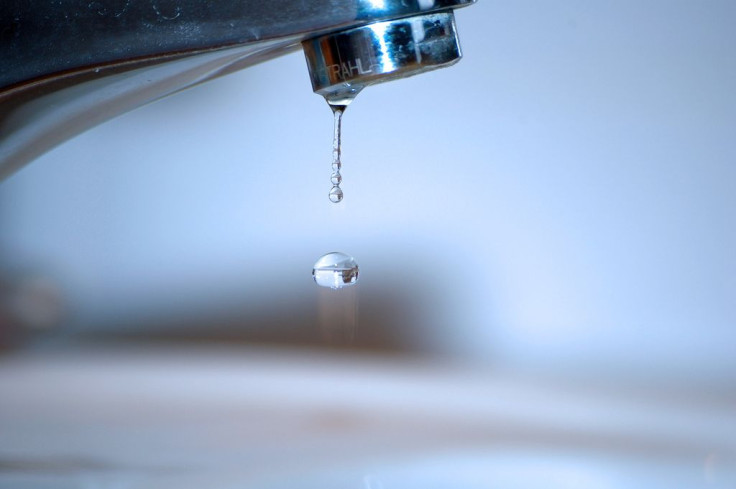Arsenic In Our Drinking Water May Cause Lung Cancer, No Matter The Dose; The Results 'Certainly Give Cause For Concern'

Many of us forget about the extensive processing our tap water goes through before it arrives in our cups. Yet, even after the entire process is complete, inorganic chemicals like asbestos, lead, mercury, and arsenic remain, albeit at miniscule levels — or so we hope. People who somehow end up drinking water with arsenic above the standard 10 parts per billion (ppb) could be putting themselves at risk of developing lung cancer, according to a new study from the National Institutes of Health (NIH). What’s worse, the chances of this are higher than the researchers expected.
The NIH study was conducted with the millions of people who drink well water in mind. These private wells don’t have a government-set standard like the water coming from processing plants. Though processing plants may also be inconsistent, it’s likely that private wells have higher levels of arsenic because it’s a naturally occurring chemical found in many countries’ groundwater. Long-term exposure to it has mostly been linked to skin lesions, skin cancer, heart disease, and diabetes. But the new study, which was conducted on mice, found that some of them also developed lung cancer.
“This is the first study to show tumor development in animals exposed to very low levels of arsenic, levels similar to which humans might be exposed,” said Dr. Michael Waalkes, lead author and director of the National Toxicology Program Laboratory, in a press release. “The results are unexpected and certainly give cause for concern.”
For the study, mice were given drinking water with arsenic at slightly higher levels than the standard due to their differing rates of metabolism — biologically, it equals out. They drank water with either 50 ppb, 500 ppb, or 5,000 ppb of arsenic. The study began three weeks before the mice bred and procreated, and continued throughout pregnancy and lactation. The offspring then drank the water through adulthood.
At their lowest levels, the arsenic dealt some damage to the mice, causing the development of benign and malignant lung tumors in more than half of the mice who drank water with arsenic levels of 50 ppb and 500 ppb. Though arsenic at 5,000 ppb also caused tumors to develop, it wasn’t nearly as significant as the lower levels.
“Although this is only one study, it adds to a growing body of evidence showing adverse health effects from very low exposures to arsenic, raising the possibility that no level of arsenic appears to be safe,” said Dr. Linda Birnbaum, director of the National Institute of Environmental Health Sciences, in the release.
Congressman Mike Simpson (R-Idaho) has understood this problem for some time, though his solution is a bit backward. This week, it was revealed that he was the lone representative to stall a scientific review of arsenic at the Environmental Protection Agency. For years, he’s been lobbying in favor of raising the limit for small town communities that he says can’t afford the expensive filtration, according to The Daily Beast.
“There is no safe level of exposure to a genotoxic chemical — any exposure may incur some risk because genetic errors introduced in a single cell following arsenic exposure cascade into cancer, birth defects, and developmental damage,” Dr. Kathleen Burns, director of the environmental and occupational health professionals network Sciencecorps, told The Daily Beast. Though cost is certainly a concern, getting rid of it completely is the only way to avoid these risks.
But that can be difficult when arsenic is present in more than just our drinking water. A 2011 consumer report from the Consumers Union tested 88 apple and grape juice samples, and found that nine of them (five apple, four grape) contained inorganic arsenic levels higher than 10 ppb. Some grape juices contained arsenic levels as high as 24.7 ppb. A later report found that arsenic was also at above-standard levels in many rice products from grains to cereal to rice vinegar.
So, what are we supposed to do with all this arsenic everywhere? It seems like there’s not much we can do. Bottled water isn’t necessarily safer than tap. More sophisticated water filters like this reverse osmosis filtration system may be better at filtering out contaminants like arsenic. As for our foods, eating fruits and vegetables is far healthier than drinking their processed juices.
Published by Medicaldaily.com



























